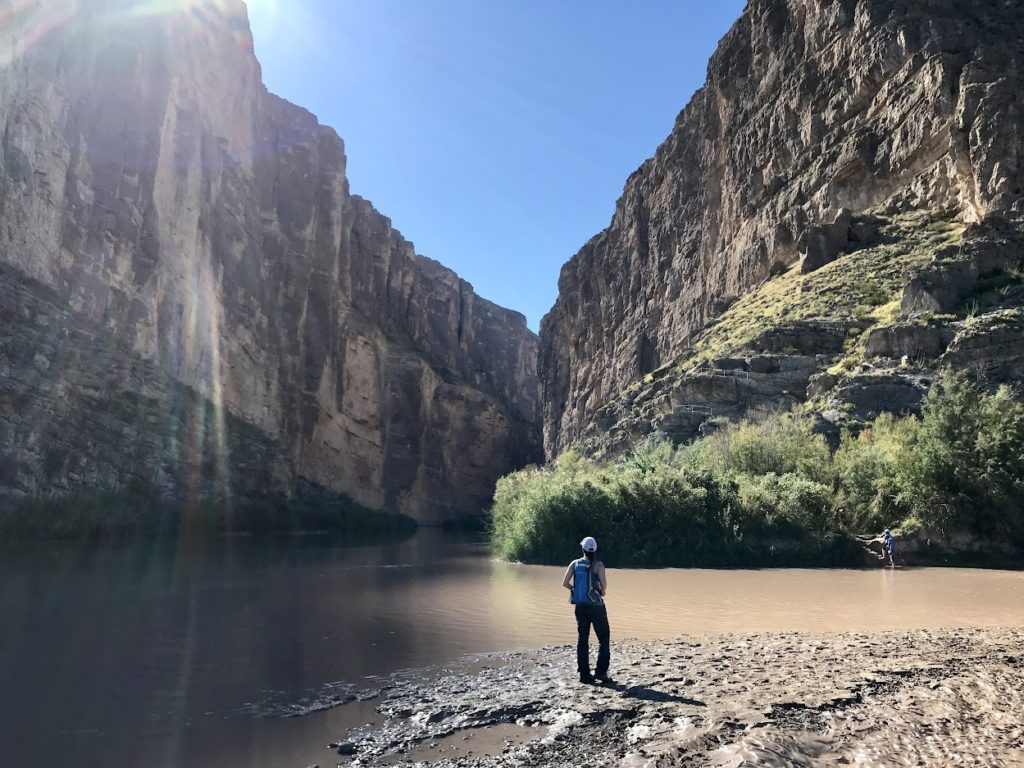Starting a Website: a Beginner's guide
This is a beginner’s guide to starting a website. It was written by a software engineer who has 20+ years of experience. It is explained in simple terms to help those who are just starting out with the process and need help making sense of their options.

Welcome. Take a deep breath.
If you found this post, you’re likely overwhelmed with information and feeling totally lost. Don’t worry. You’re not alone. I was like a deer-in-headlights on Day 1, but thankfully I had a friend who was willing to walk me through the process and helped make it so much easier to understand. In this blog, I’m sharing his guide with you.
When it comes to setting up your site, you’ve got three main options. Some are super easy but have limits, while others give you full control but take a little more effort. Let’s break it all down in plain English, using the analogy of a home, so you can figure out which one works best for you.
Website options explained simply
Think of a website like a house. You need:
- Land to build on (hosting)
- A structure with plumbing and electricity (platform/CMS)(WordPress is a CMS)
- Furniture and decor (design/content)
Here are your three main options:
Option 1: WordPress.com (The Apartment)
This is like renting an apartment where the building and utilities are set up for you, but you need to bring your own furniture.
Pros:
- Super easy to get started
- Technical aspects are handled for you
- Basic security and updates included
Cons:
- Monthly subscription fee
- Extra features cost more
- Limited control (can’t knock down walls or renovate)
- You’re stuck with their price increases
- You still need to add your own “furniture” (design the site yourself)
Option 2: Self-Hosted WordPress (The Custom Home)
This is like buying land and building your own house, but using pre-made blueprints.
Pros:
- Similar cost to WordPress.com’s basic plan
- Complete control over everything
- No restrictions on features or functionality
- Can move your site to a different host if needed
- Many hosting companies offer simple website builders
Cons:
- Slightly more technical setup
- You’re responsible for updates and security
- Still need to design the site yourself
Option 3: Hire a WordPress Developer (The Turnkey Solution)
This is like hiring an architect and contractor to build your dream home.
Pros:
- Everything is done for you
- Custom design tailored to your needs
- No technical knowledge required
Cons:
- Most expensive option
- Hard to find quality developers
- Time-consuming to vet and manage the project
- Many “WordPress developers” lack proper skills
Recommendation
*Brandon’s recommendation*
I recommend Option 2 for most people – it gives you the best balance of control, cost, and flexibility without getting locked into one provider.
For hosting, I like Hostinger. Their hosting plans are affordable and they have easy-to-use tools that cater to beginners. For instance, you can install WordPress with a single click. They also have a built-in website builder so you can try your hand at designing your own website.
A final note about web design
There are only a handful of true designers these days, and they are the ones that create the themes and templates that most people use. So you’ll never start from scratch or anywhere close to it. You’ll select a theme that best fits the look and feel that you want and then you’ll make changes with the simple editor tools provided by WP. You don’t need to know how to code.


